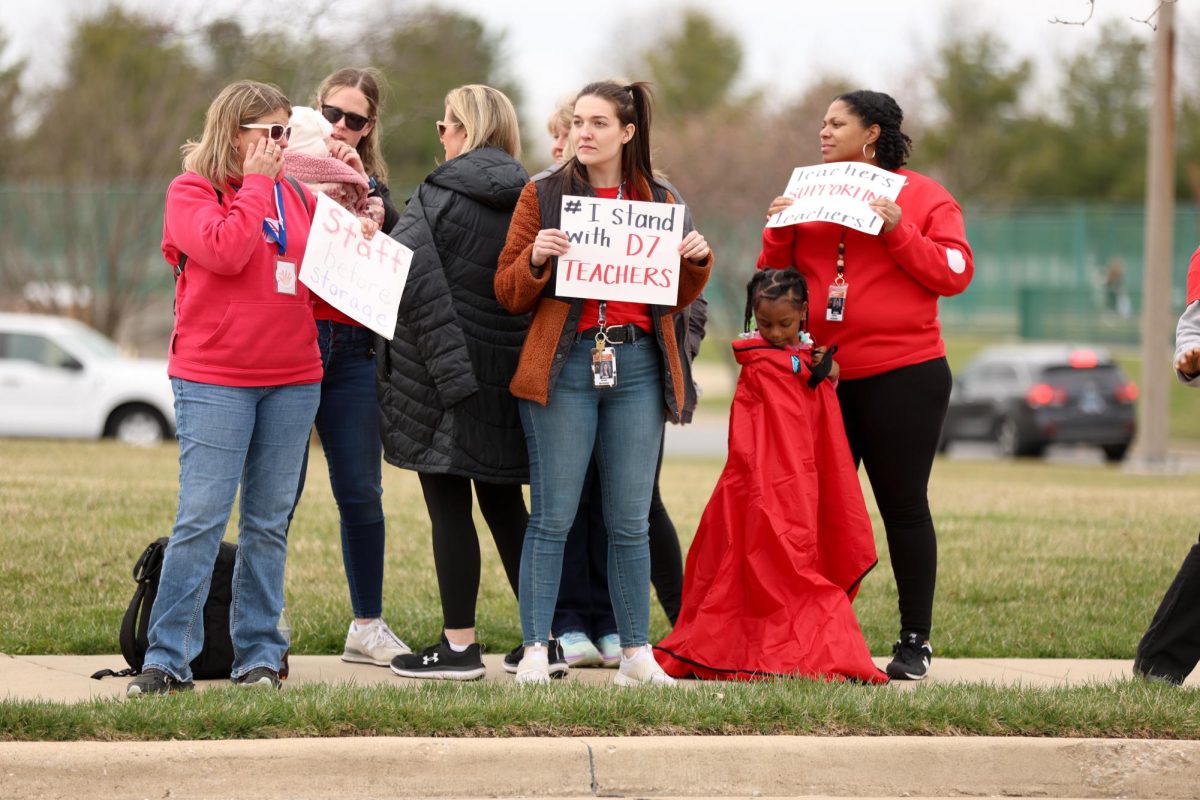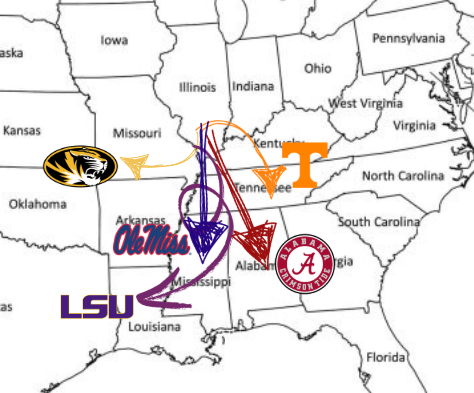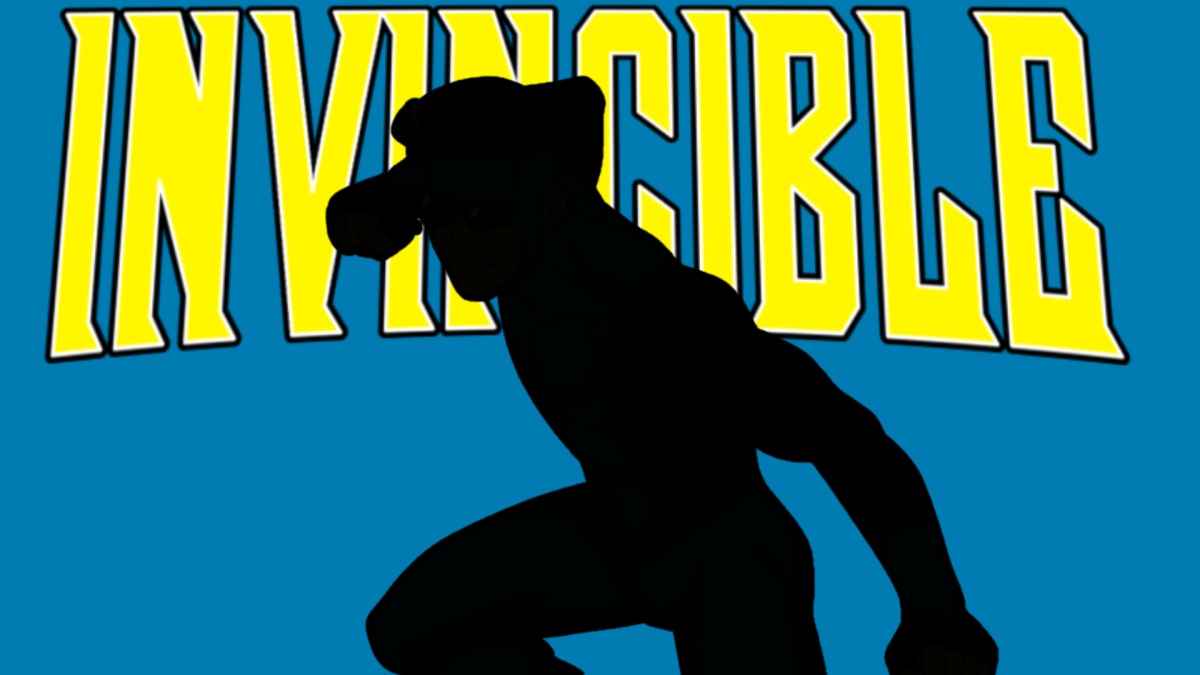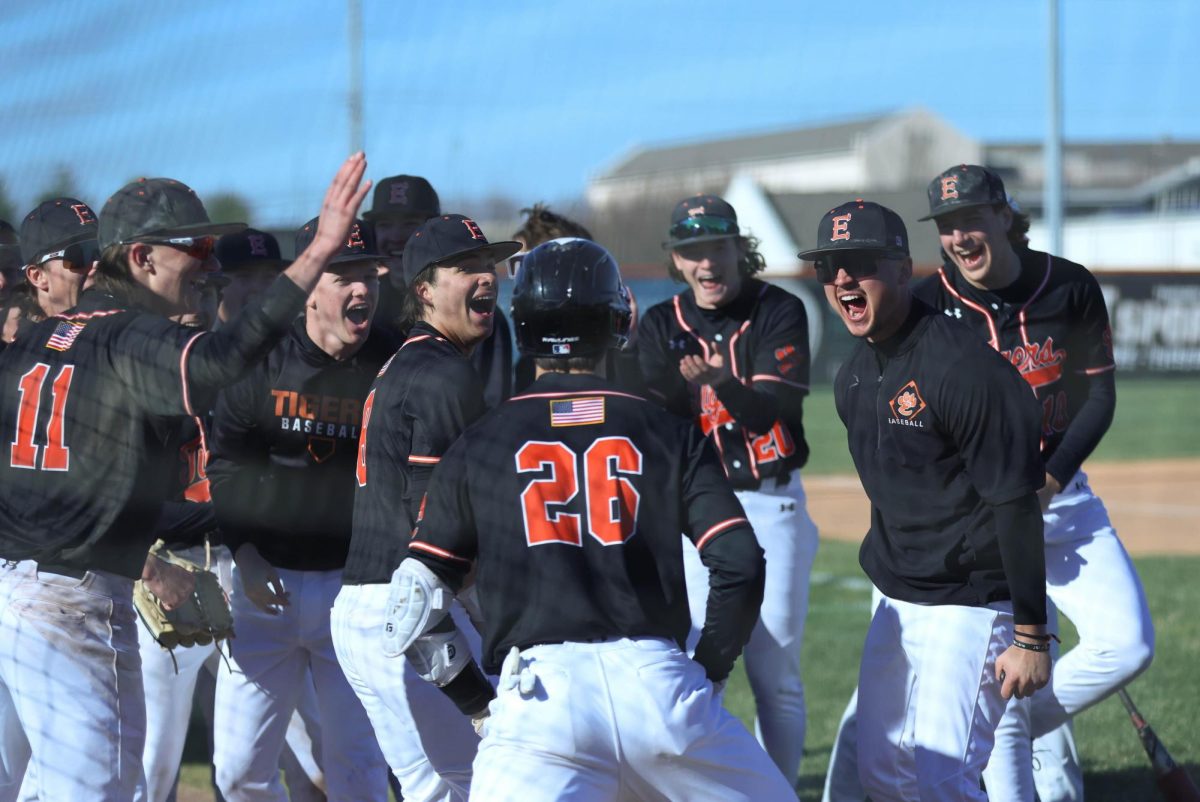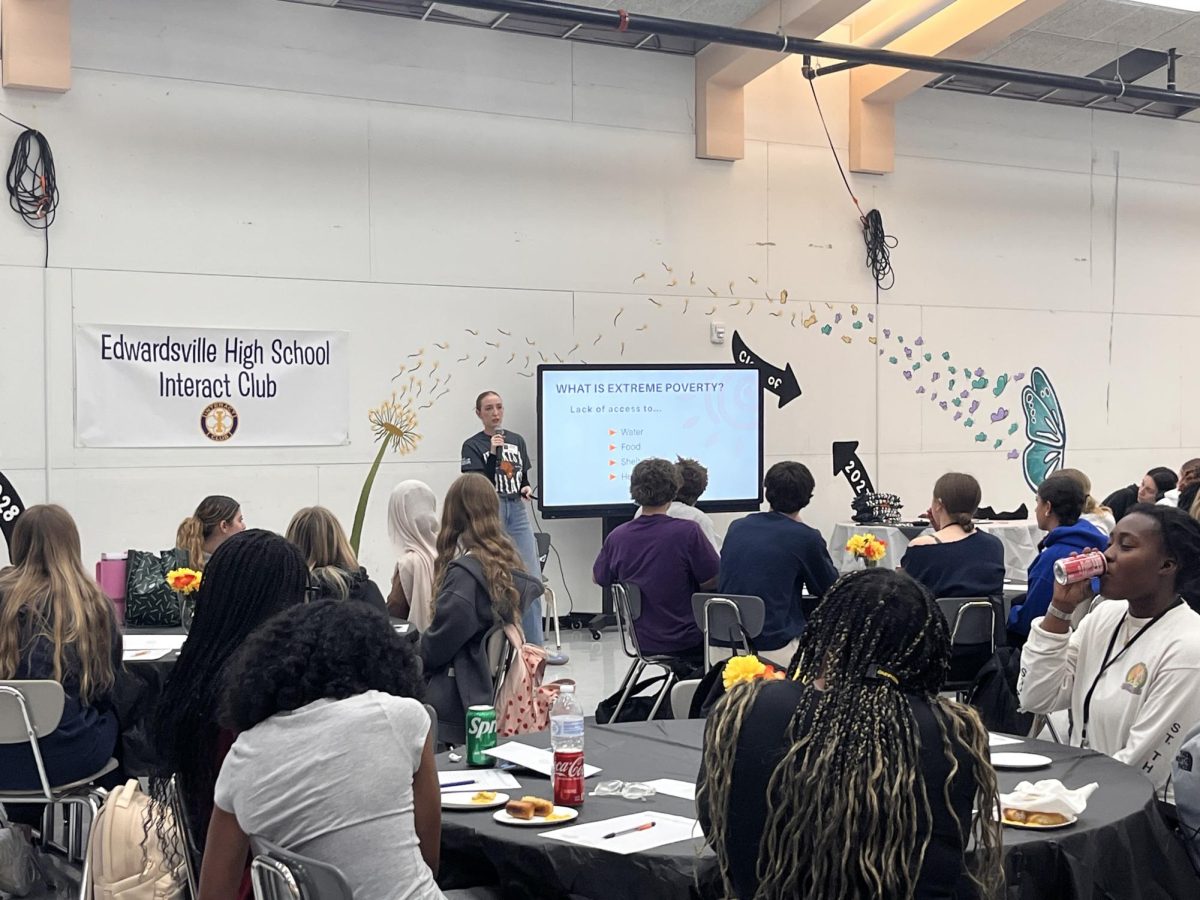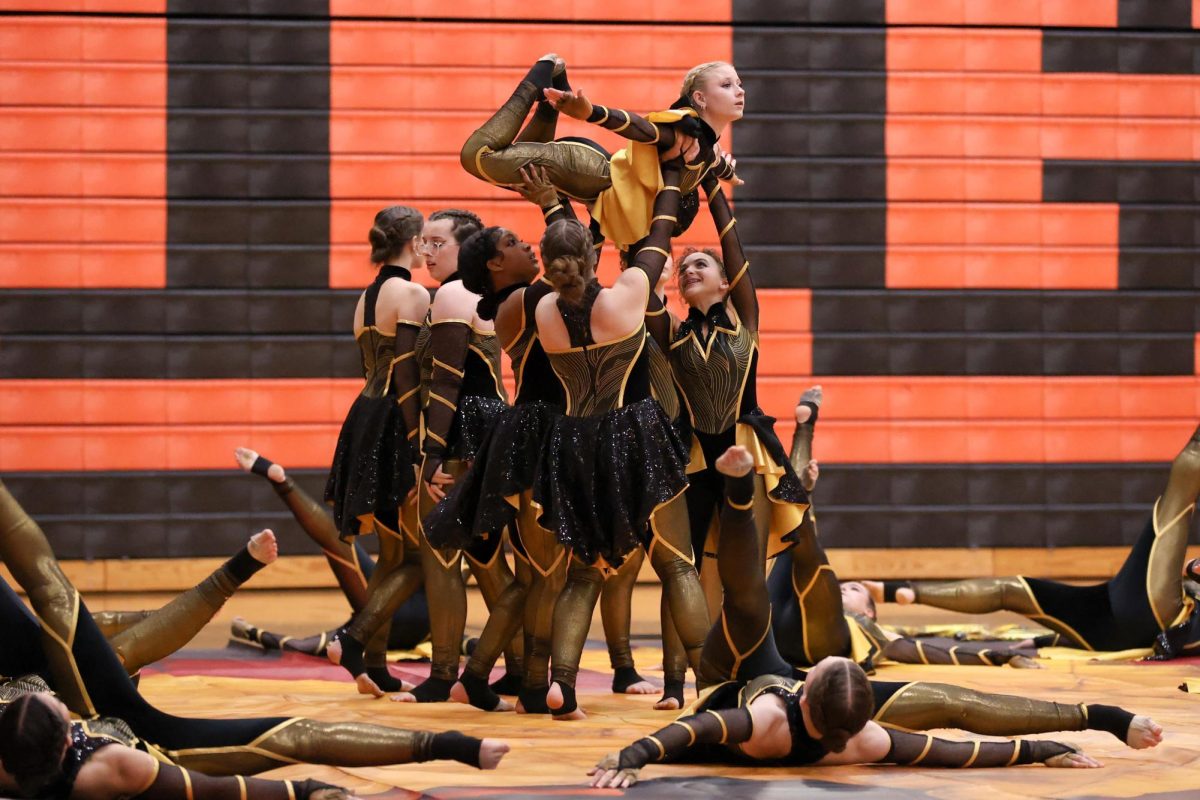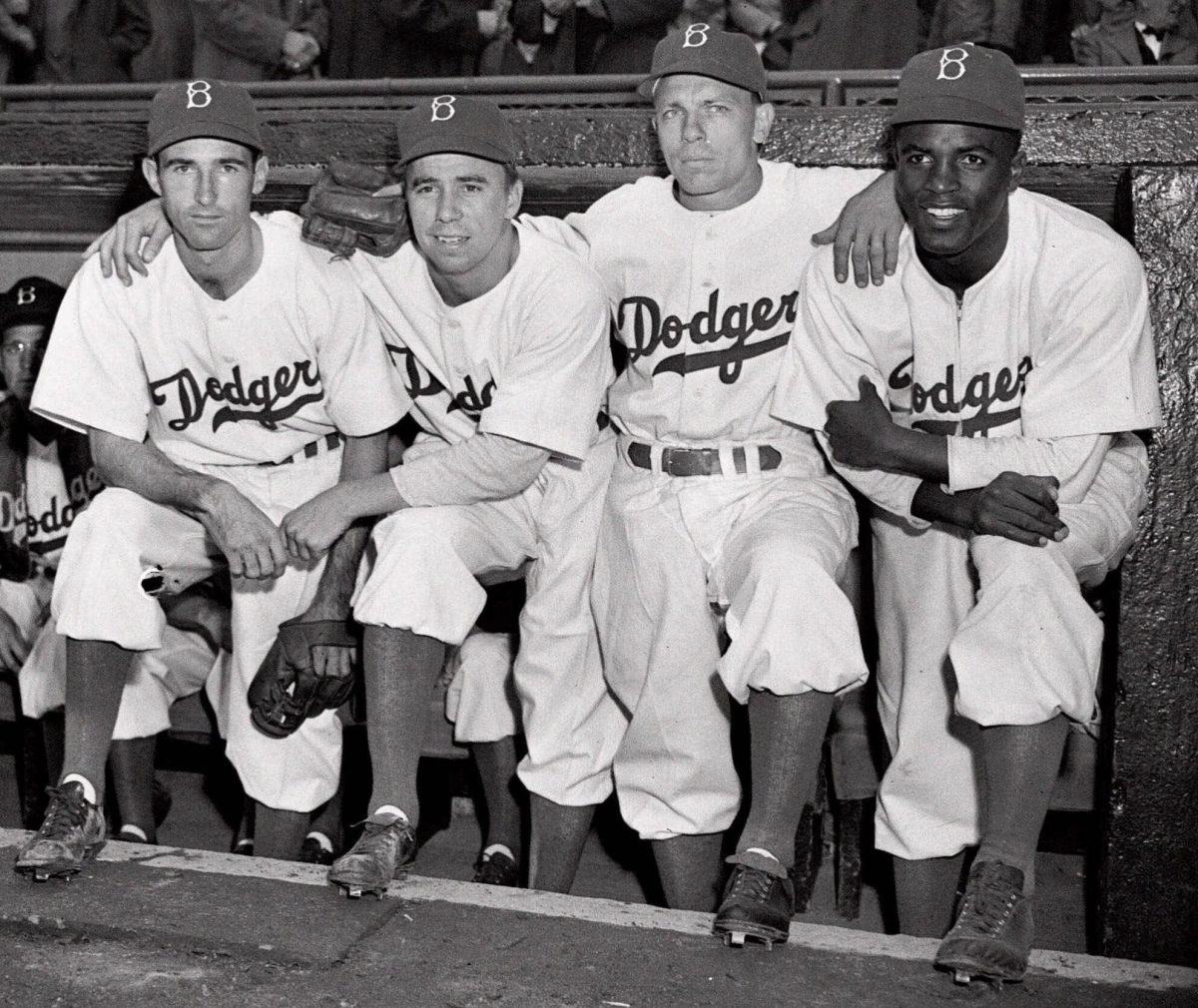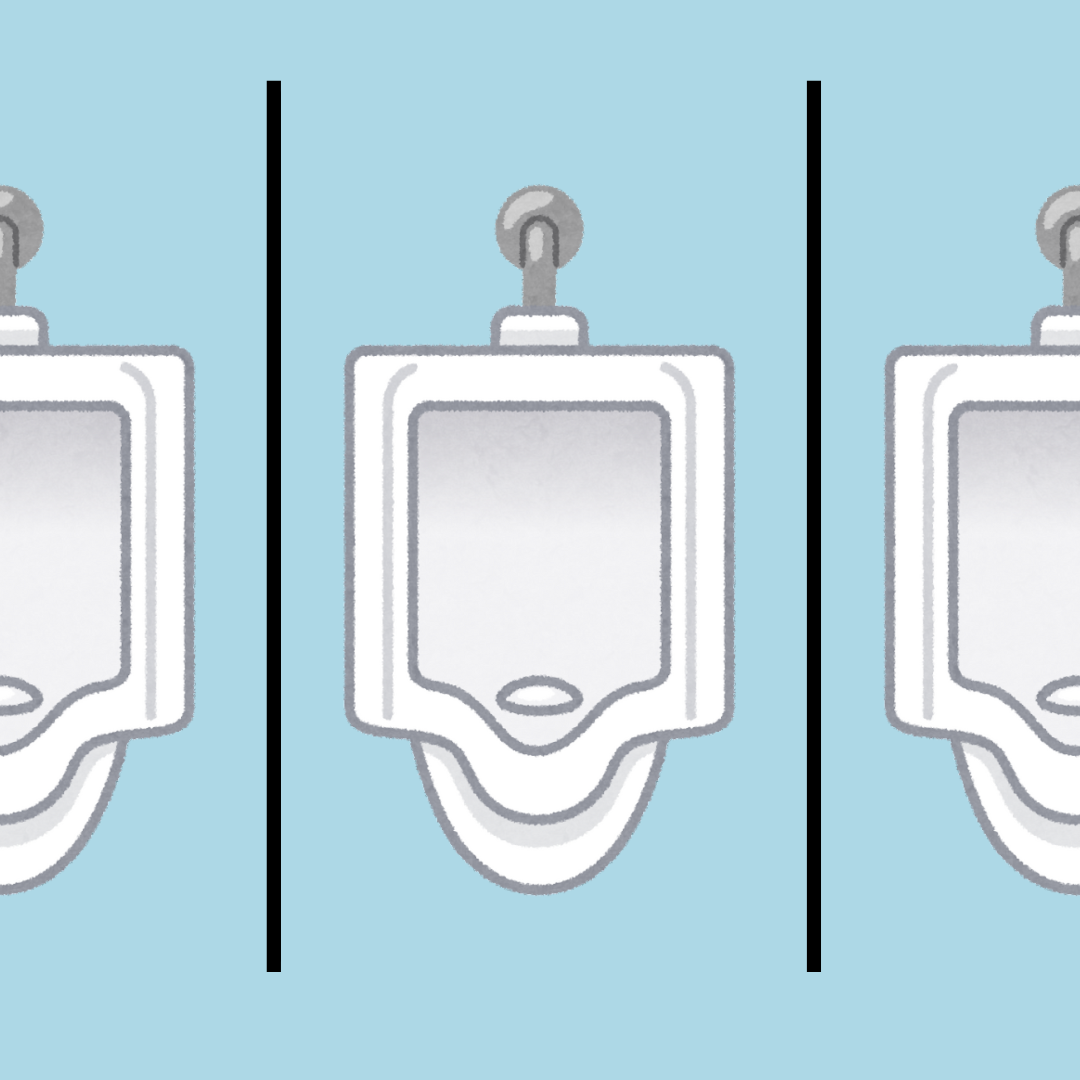Representation Still Matters
May 13, 2022
Take “Lord of the Flies,” make it modern and turn all of the pre-pubescent boys into teenage girls. This is what Amazon Prime did with its December 2020 show “The Wilds.”
The show, which premiered its second season on May 6, follows eight teenage girls after their plane ride to a tropical escape instead crashes on a deserted island. The girls spend the entirety of the first season trying to discover how and why they ended up there while simply trying to survive.
The second season doubles the original cast.
Now, a second cast of eight teenage boys has been added to the same island the girls are inhabiting after a similar plane crash.
Even though the plot is similar to the first season, the writers successfully make the interactions between the two groups engaging and, at times, more entertaining than the first season.
And, although it would seem when combining boys and girls that relationships would be the main source of drama, this is not the case, refreshingly so.
But what separates the show from the traditional wilderness survival plot of, for example, “Lord of the Flies,” is the mystery woven into each season.
The show occurs in two separate timelines: one of which is on the island and the other in a post-rescue world in an unknown facility where the girls are interviewed.
This framing creates a wonderfully frustrating experience for the watcher, knowing more about the situation than the characters do at any given point.
Where the show shines is in its casual representation of queer female characters and relationships.
The characters are introduced just like any of the other characters and their relationship develops in a perfectly awkward way like most other relationships showcased in young adult media.
A February report from GLAAD concluded that “out of 775 series-regular characters on broadcast TV, 11.9% are LGBT, making up 92 characters, with an additional 49 in recurring roles.
As of five years ago, according to their 2017 “Where We Are on TV Report,” this percentage was half what it is today at 6%.
Even though representation on-screen has been steadily increasing over the years, casual representation still is and will always be important.


